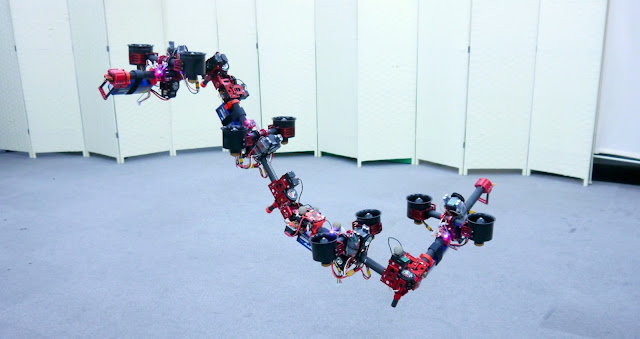Exploring the Future Toyota Innova Hycross Flex Fuel Prototype
Introduction
In the ever-evolving field of automotive technology, the pursuit of sustainable and effective transportation results is ultimate. Toyota, a frontiersman in hybrid technology, continues to push the boundaries with its innovative innovations. One similar notable offer is the Toyota Innova Hycross Flex Fuel Prototype, a remarkable jump towards another eco-friendly and all-around driving experience. In this blog, we dig in into the fascinating world of the Innova Hycross Flex Fuel Prototype and explore its possible impact on the automotive industry.
A Glance into Flex Fuel Technology
Flex-fuel vehicles are designed to run on a combination of different fuels, generally ethanol, and gasoline. This adaptability not only provides consumers with options but also has environmental benefits. Ethanol, frequently deduced from renewable sources similar to corn or sugarcane, produces low greenhouse gas outflows compared to traditional gasoline.
Introducing the Toyota Innova Hycross Flex Fuel Prototype
The Toyota Innova Hycross Flex Fuel Prototype represents Toyota's commitment to sustainable mobility and cutting-edge invention. Building upon the foundation of the popular Innova model, this prototype showcases the integration of flex-fuel technology and a hybrid powertrain.
Crucial Features and Benefits
Flexibility As the name suggests, the" Flex Fuel" capability enables the vehicle to use varied ethanol-gasoline combinations. This flexibility empowers owners to choose fuels on the basis of availability, cost, and environmental considerations.
Hybrid Efficiency The hybrid powertrain further enhances the vehicle's effectiveness. By combining a traditional internal combustion motor with an electric motor, the Innova Hycross Flex Fuel Prototype reduces fuel consumption and outpourings, making it a suitable option for eco-conscious consumers.
Reduced Emissions Ethanol, an element of flex fuels, burns cleaner than conventional gasoline. This results in lowered outflows of carbon dioxide and other dangerous contaminants, contributing complementarily to air quality and the global effort to combat climate change.
Renewable Energy Source Ethanol is frequently sourced from renewable farming products, minimizing the reliance on fossil fuels. This aligns with the growing trend towards sustainable energy choices.
Market Viability The prototype highlights Toyota's devotion to exploring different options that can have a meaningful impact on the market. By combining two innovative technologies, they open the door to a new age of hybrid vehicles with broader fuel harmony.
Challenges and Considerations
While the Toyota Innova Hycross Flex Fuel Prototype holds immense promise, there are several challenges to address
Fuel Structure The availability of fuels based on ethanol varies across regions. Expanding the structure to support these fuels is key for the wide acceptance of flex-fuel vehicles.
Consumer Awareness Educating consumers about the benefits and proper use of flex fuels is essential. Clear communication can disperse misconceptions and encourage informed judgments.
Conclusion
The Toyota Innova Hycross Flex Fuel Prototype stands as a testament to Toyota's devotion to invention, sustainability, and a greener future. By integrating flex-fuel technology with a hybrid powertrain, this prototype demonstrates the prospect of all-around and effective transportation. As the automotive industry continues to evolve, similar enterprises pave the way for a harmonious concurrence of technological advancement and environmental knowledge. The Innova Hycross Flex Fuel Prototype indisputably sets the stage for a future where adaptability and effectiveness go hand in hand.



Comments
Post a Comment